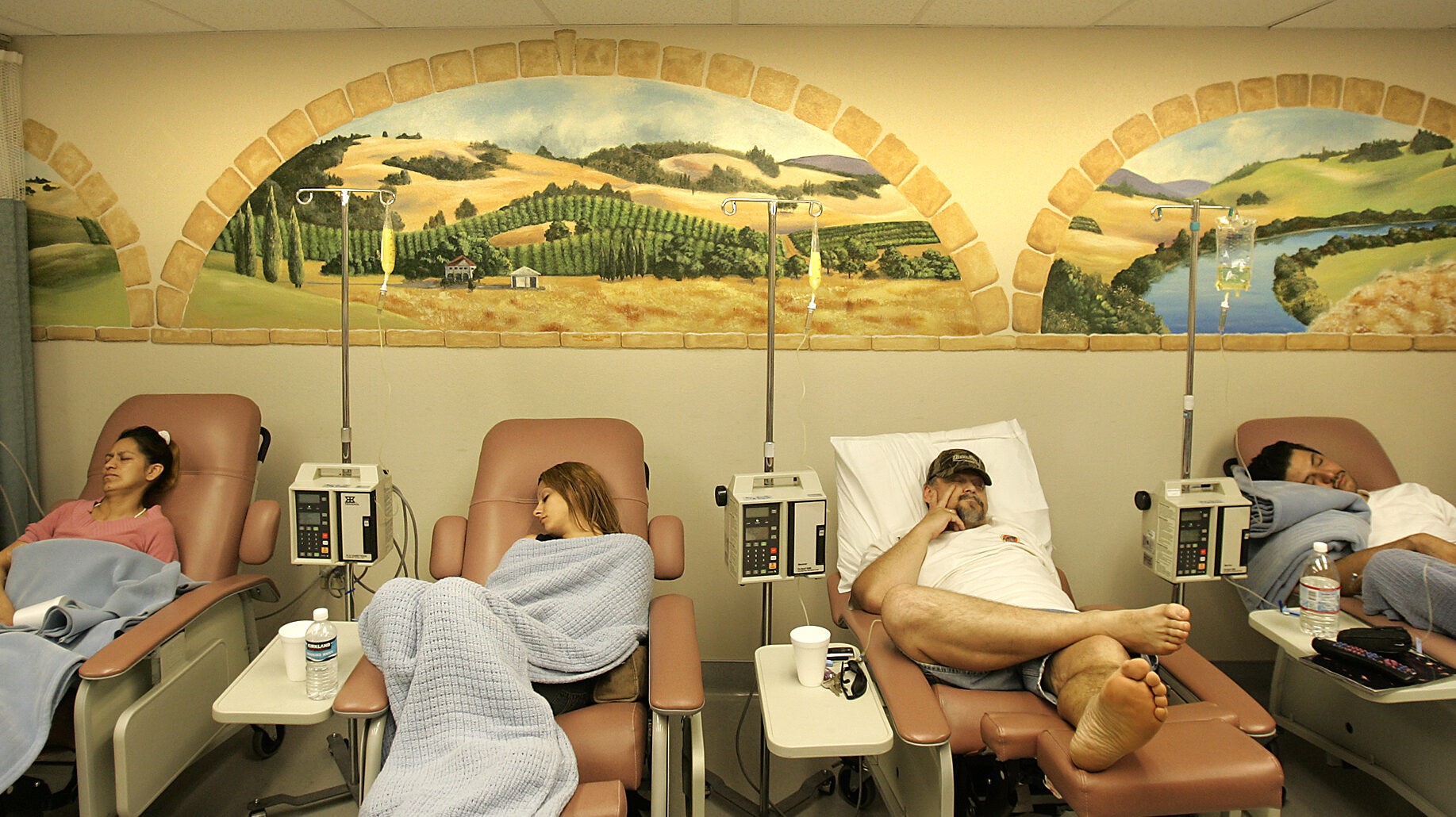Infection
Valley fever season is here — and it’s hard to avoid, expert says
PHOENIX — Amid the peak season of Valley fever, one official wants Arizonans and visitors to be conscious of the infection and its symptoms.
Fungal spores that cause the fever infect the air during the dry period before the monsoons, according to the Valley Fever Center for Excellence. Since it takes one to three weeks for the incubate, people might start getting sick once the rain pours.
“It’s often not until the rainy season when people start getting sick,” Valley Fever Center for Excellence Director John Galgiani told KTAR News 92.3 FM. “But they probably got infected before the rain’s start.”
Arizonans should be especially wary of infection, according to Galgiani. “Two out of three U.S. infections occur in Arizona,” he said.
The risk is higher for Phoenicians.
“Half of all infections arise in the metropolitan Phoenix area,” Galgiani said. “It’s pretty hard to avoid it if you live here.”
When it comes to Valley fever, you can’t rely on your doctors to take initiative, Galgiani said. You’ll have to ask them to test you.
“It’s often the case that patients asking for tests is how the test gets done — even here in Arizona where it’s very common,” he said.
“It’s a very serious disease,” he said. “Knowing about it is the first step to defending yourself.”
Why is Valley fever so common in Phoenix?
The fungus that sparks Valley fever thrives in dry, hot areas. “The geography is where the fungus likes to live,” Galgiani said.
Although there are other pockets where the fungus flares up, it’s most common in the central valley of California and the area between Phoenix and Tucson.
However, most infected people don’t have any symptoms.
“Two out of three people who get infected don’t know it, have no real illness, don’t seek medical attention and they become immune for the rest of their lives,” Galgiani said.
What’s the link between Valley fever and pneumonia?
Pneumonia is a general term for an infection in the lungs. Viruses, bacteria or fungi can cause it. Thus, a patient diagnosed with pneumonia may not realize they have Valley fever.
“It’s often the case that the diagnosis of pneumonia is made initially,” Galgiani said. “But it’s only later when a blood test returns positive for valley fever that the diagnosis changes.”
One out of three infected people have an illness that is “often quite impacting,” he said. This can cause pneumonia-like symptoms, joint pain and fatigue. The symptoms can often last weeks to months, but they can get better with or without treatment.
Chest pain is another common sign you have Valley fever, according to Galgiani. A cough or fever an also be a good reason to ask a doctor to do a test.
What impact does this heat wave have on infection rates?
“It’s not likely to lessen the infections,” Galgiani said. “If anything, I would think it might increase the risk of infection.”
However, he said there’s no real evidence that temperature can impact your likelihood of infection.
Is there a vaccine to prevent Valley fever in dogs?
“At the Valley Fever Center for Excellence we’ve developed a vaccine which is probably on its way within the next year to become a vaccine to prevent Valley fever in dogs, who also get quite a problem from this disease,” Galgiani said.
That’s a doggone miracle for pet lovers, but he also hopes to throw humans a bone.
“I’m very hopeful that we can use that same vaccine to continue on to become a program to prevent Valley fever in humans.”
KTAR News 92.3 FM’s Kate Ourada contributed to this story.

